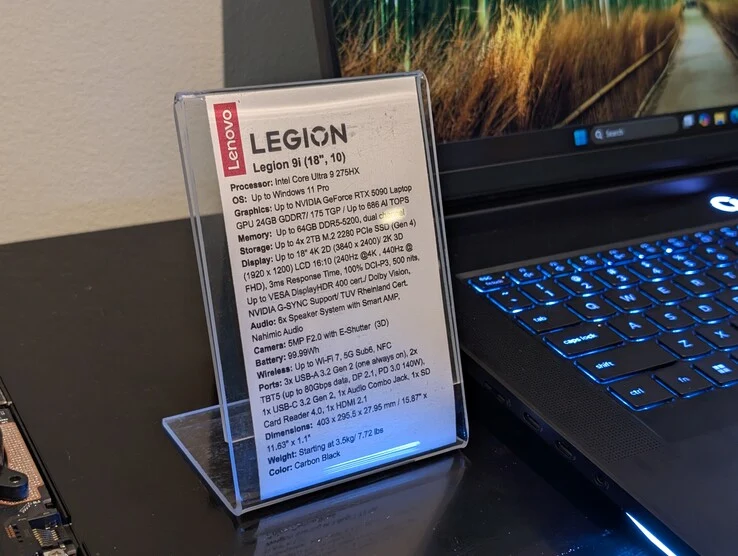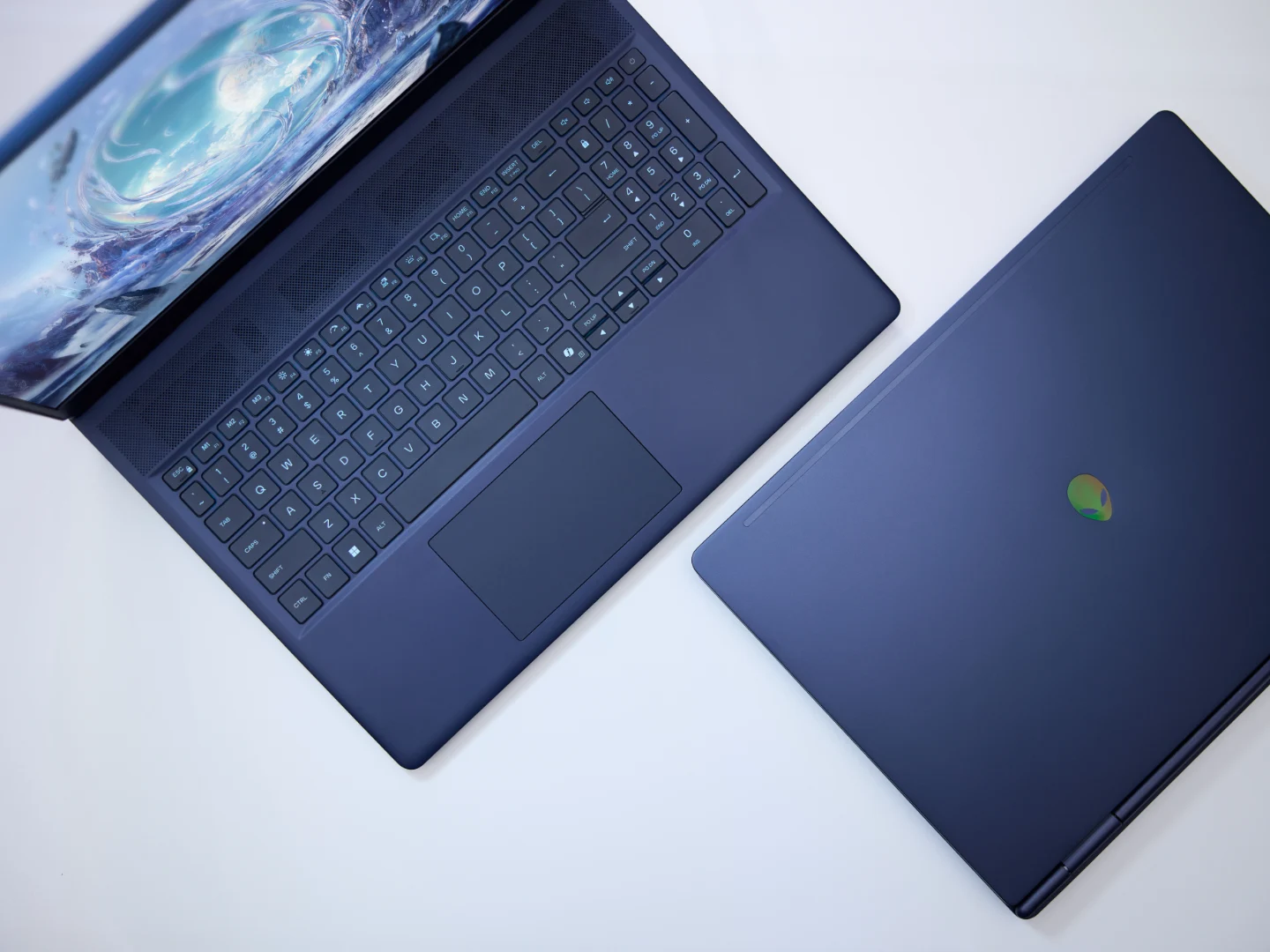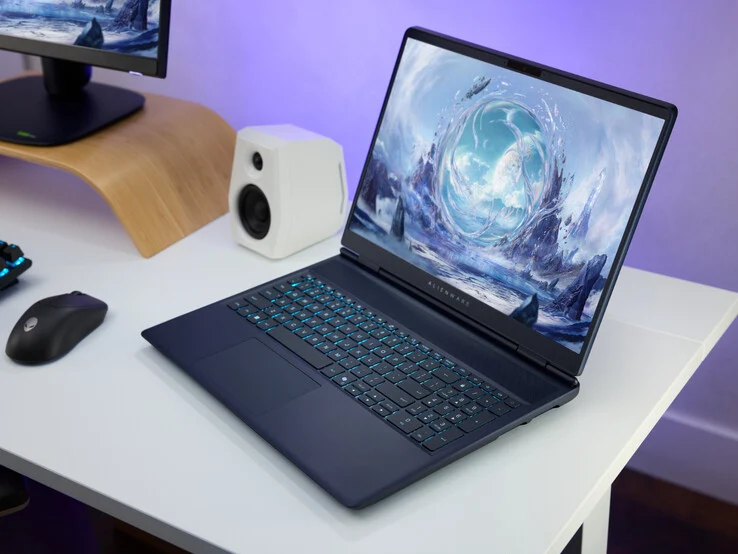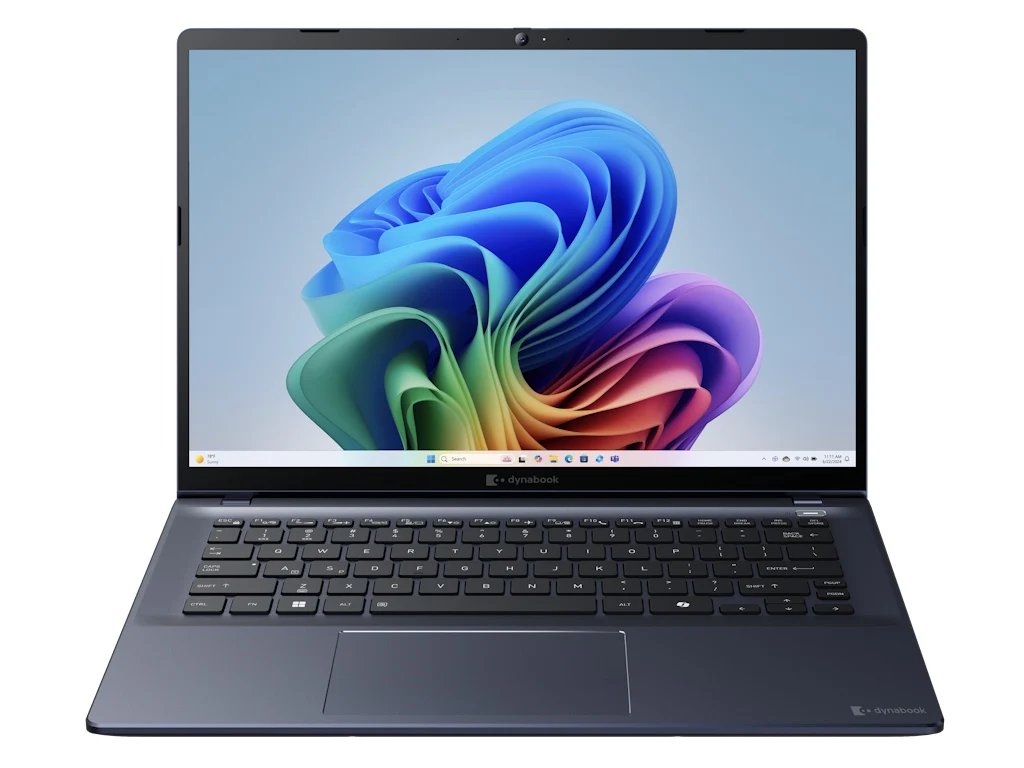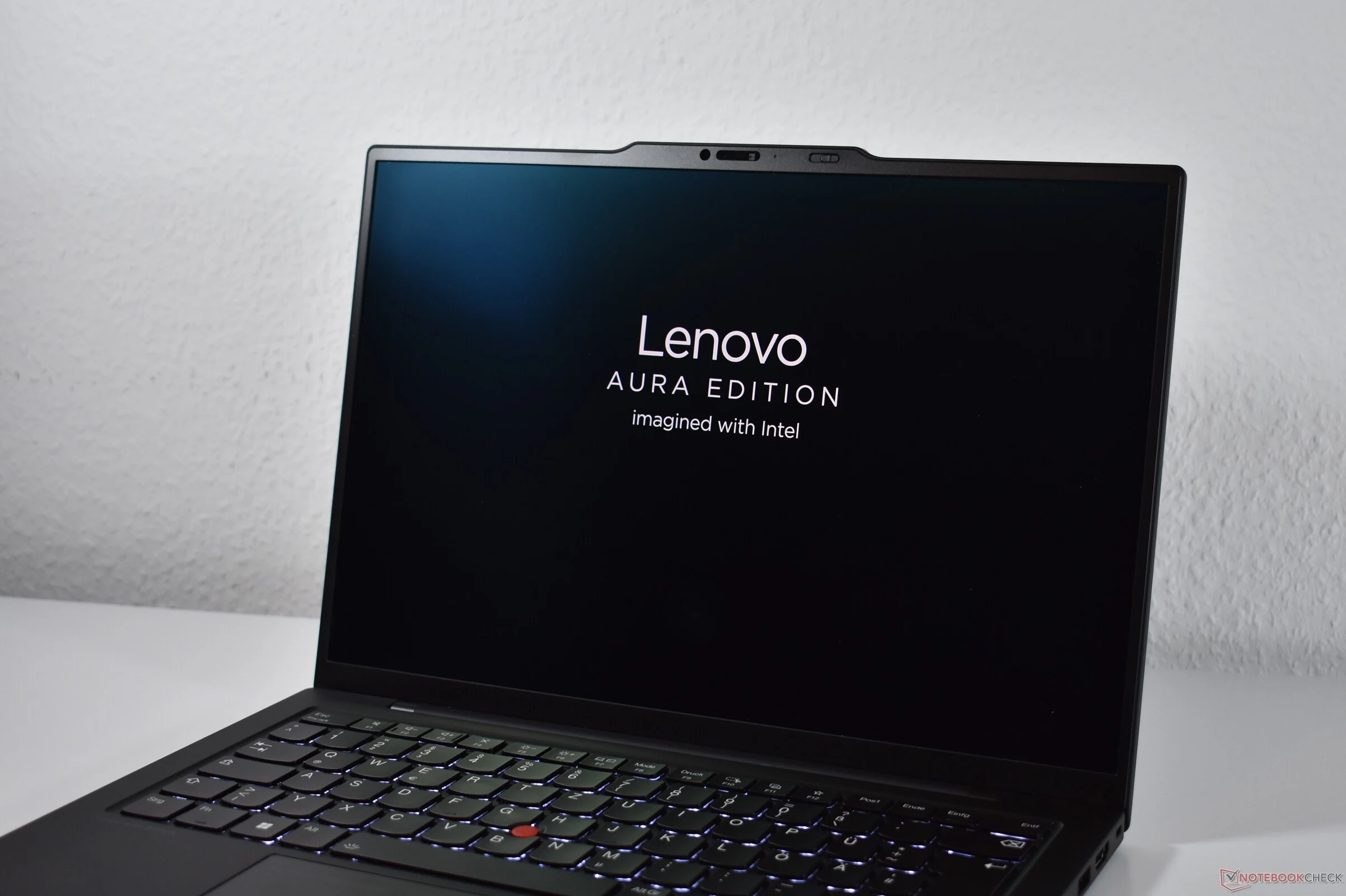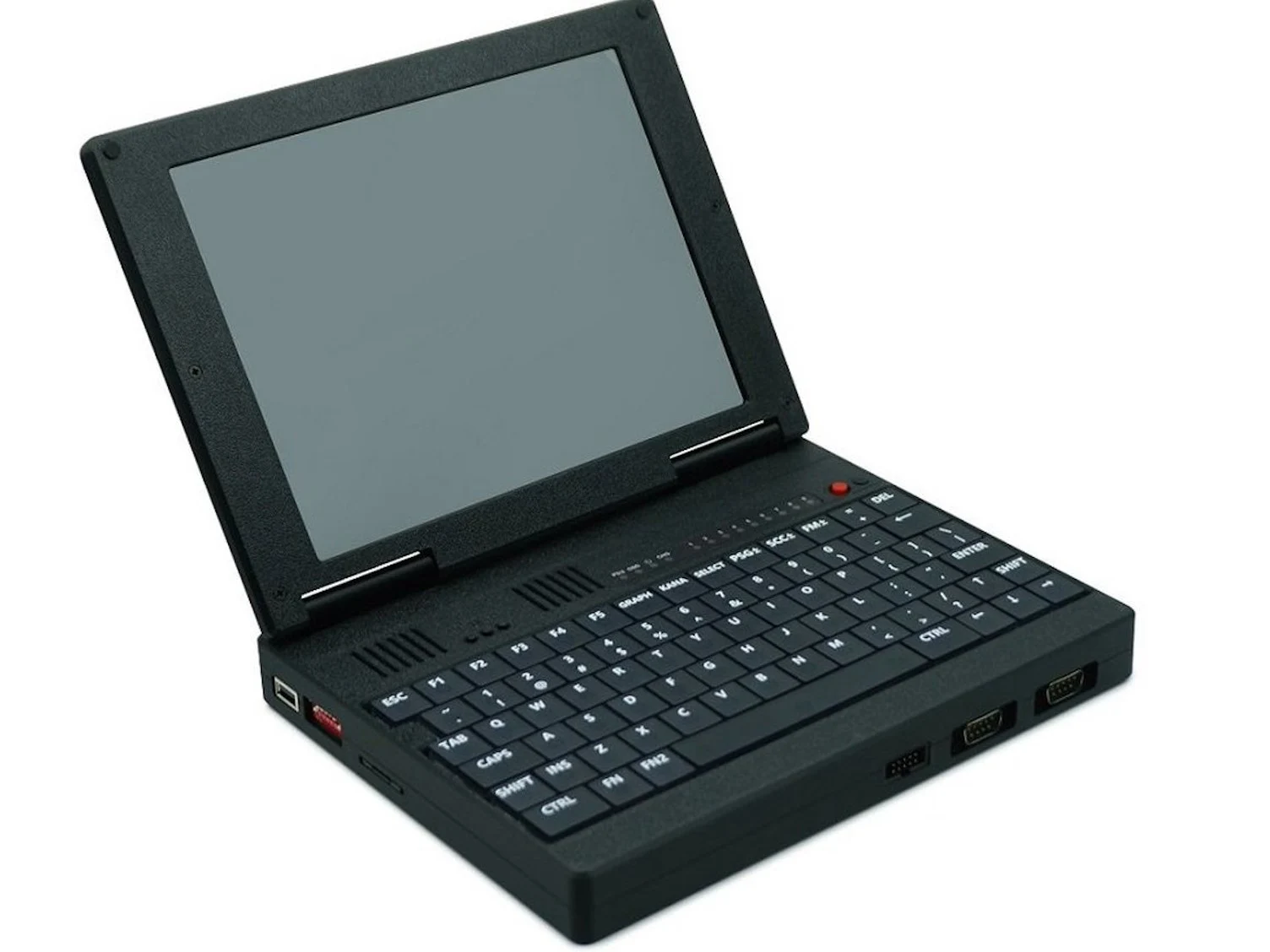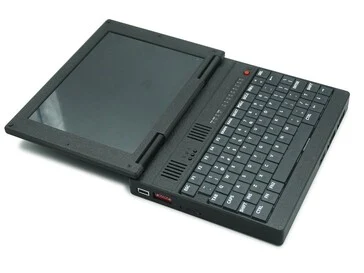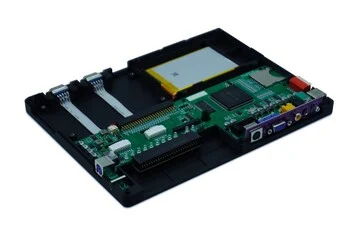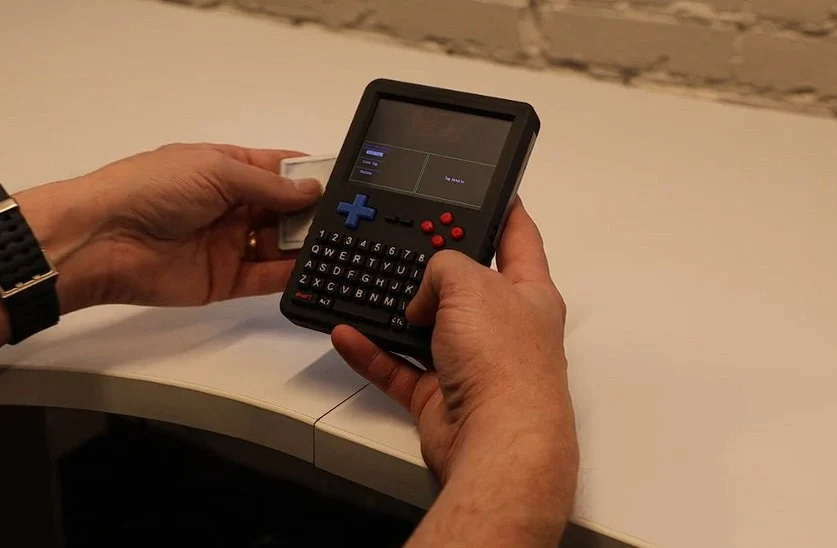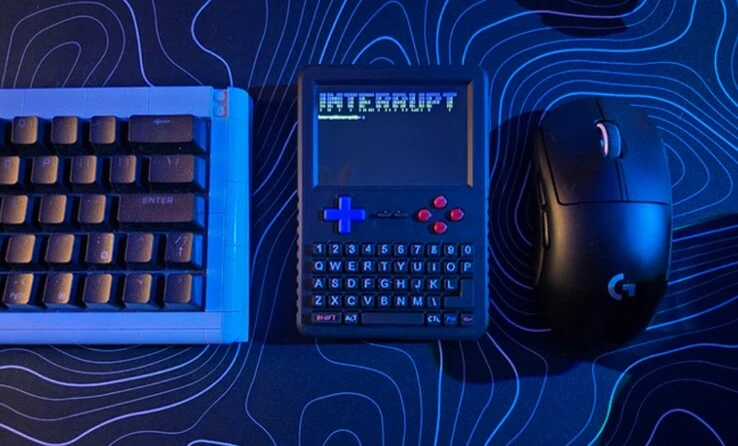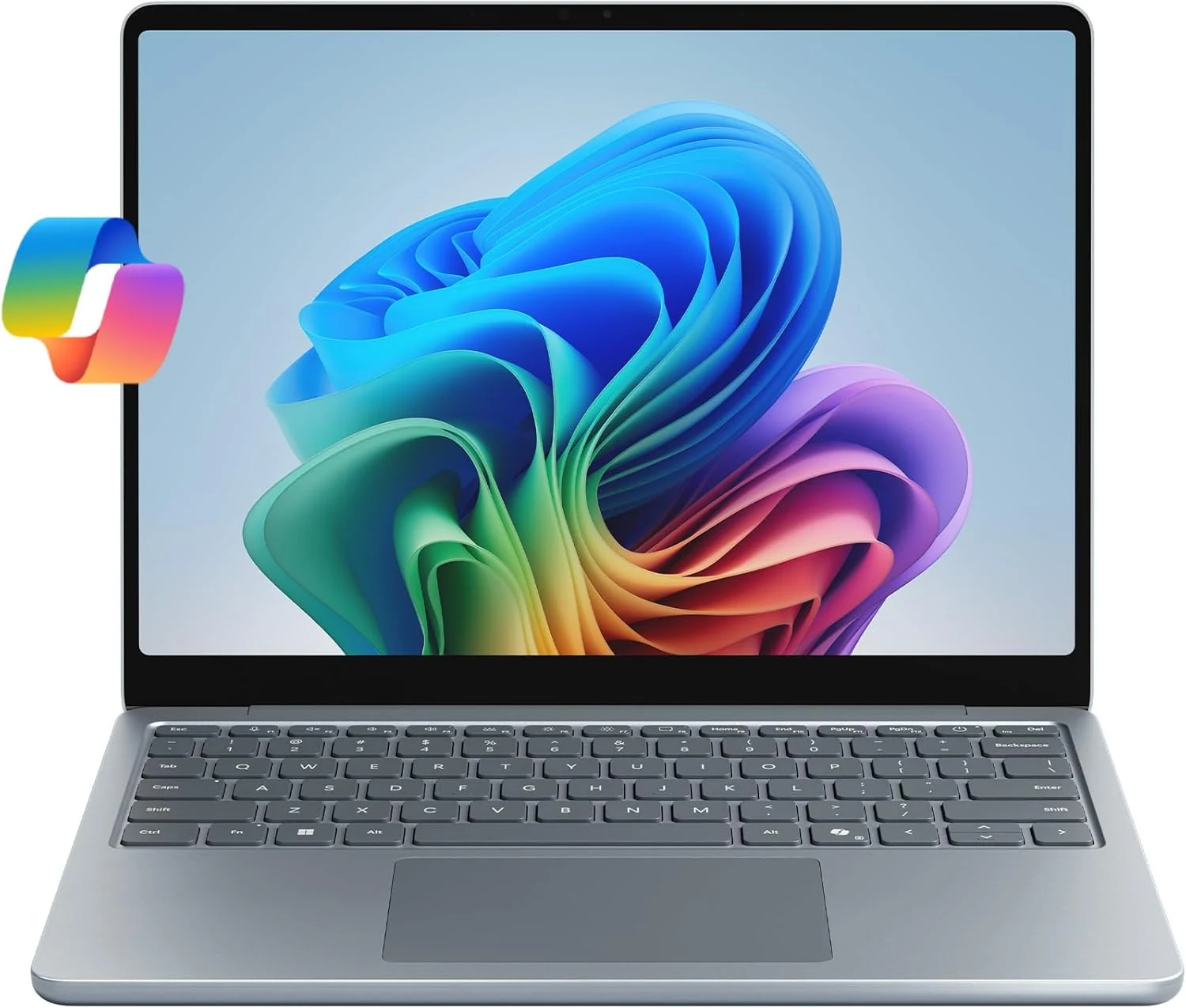Key Takeaways
1. Microsoft introduced new colors for the Surface Arc Mouse: Violet and Ocean, alongside existing colors.
2. The new colors are available for pre-order at $89.99 and will be released on May 20.
3. The Surface Arc Mouse features a flexible, ambidextrous design that turns on and off by snapping and flattening.
4. It includes touch area functionality for vertical and horizontal scrolling, enhancing user experience.
5. The mouse connects via Bluetooth 4.1, runs on two AAA batteries with a lifespan of up to 6 months, and is compatible with Windows 10, Windows 11, and other Bluetooth devices.
Microsoft has recently unveiled a new Surface Laptop and Surface Pro. However, these weren’t the only exciting updates. The tech giant from Redmond also introduced two fresh colors for the Surface Arc Mouse.
New Colors Available
The Surface Arc Mouse, which was initially offered in Black, Burgundy, Cobalt Blue, and Light Gray, now adds Violet and Ocean to its palette. You can pre-order these new colors right now on Microsoft’s online store or at Best Buy for the same price of $89.99 as the existing options. These new shades will hit the shelves on May 20.
Evolution of the Surface Arc Mouse
Since its launch in 2008, the Surface Arc Mouse has undergone significant changes, enhancing its design and features over the years. The latest version features a flexible and ambidextrous design. When you snap the mouse into its curved position, it powers on, and flattening it turns it off, making it convenient to carry in a bag or pocket. Besides the standard left and right click functions, this mouse includes a touch area for both vertical and horizontal scrolling.
Connectivity and Compatibility
The Surface Arc Mouse connects using Bluetooth 4.1 and runs on two AAA batteries, which can last for up to 6 months. Microsoft claims it is compatible with both Windows 11 and Windows 10 devices, but it should also function with other Bluetooth-enabled devices.
Source:
Link



